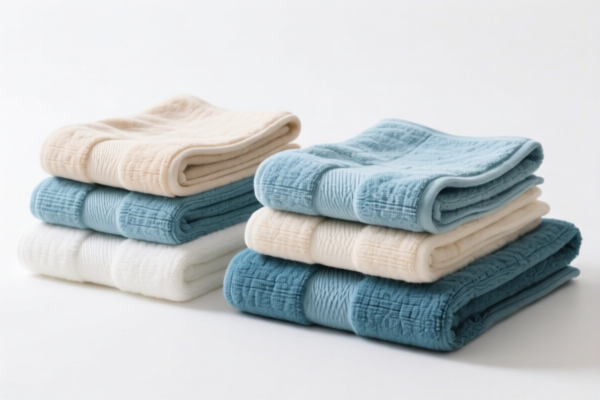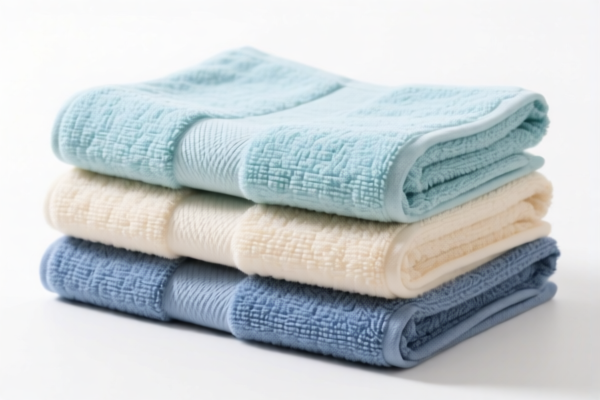| HS Code | Official Doc | Tariff Rate | Origin | Destination | Effective Date |
|---|---|---|---|---|---|
| 4819600000 | Doc | 55.0% | CN | US | 2025-05-12 |
| 4823901000 | Doc | 55.0% | CN | US | 2025-05-12 |
| 4823902000 | Doc | 55.0% | CN | US | 2025-05-12 |




Pet Cage
A pet cage is an enclosure designed to confine and house animals, primarily for protection and convenience of both the pet and the owner. They serve various purposes depending on the animal species and owner’s needs.
Materials
Pet cages are constructed from a range of materials, each offering different benefits:
- Metal: Commonly steel or powder-coated wire. Durable, secure, and relatively easy to clean. Often used for birds, rabbits, ferrets, and larger animals. Can be prone to rust if not properly treated.
- Plastic: Lightweight, easy to clean, and often transparent, allowing for good visibility. Suitable for small animals like hamsters, guinea pigs, and reptiles. Less durable than metal and can be chewed through by some animals.
- Wood: Provides a natural aesthetic and can be more comfortable for some animals. Typically used for rabbits, chinchillas, and some birds. Requires more maintenance to prevent splintering and absorption of odors.
- Combination Materials: Many cages utilize a mix of materials, such as a metal frame with a plastic base or wooden accents.
Purpose
- Containment: Provides a safe and secure space for the pet, preventing escape and protecting them from hazards.
- Protection: Shields the pet from predators, harsh weather, and potential injuries.
- Hygiene: Facilitates easy cleaning and waste management, promoting a healthier environment for the pet.
- Training: Can be used as a component in house-training or behavioral training.
- Transportation: Some cages are designed for safe and convenient transport of pets.
Function
- Security: Secure latches and robust construction prevent escape.
- Ventilation: Adequate airflow is crucial for pet health. Cages typically feature wire mesh sides or ventilation holes.
- Accessibility: Doors and access points allow for easy interaction with the pet for feeding, cleaning, and handling.
- Waste Management: Trays or removable bases simplify waste removal.
- Customization: Many cages allow for the addition of accessories like perches, food bowls, water bottles, and toys.
Usage Scenarios
- Indoor Housing: The most common use, providing a dedicated space for the pet within the home.
- Outdoor Housing (with supervision): Some cages are suitable for temporary outdoor use, offering fresh air and sunlight (protection from elements and predators is vital).
- Travel: Transport cages are designed for safe conveyance of pets by car, plane, or other means.
- Quarantine/Recovery: Used to isolate sick or injured pets.
- Breeding: Specific cage designs may be used for breeding purposes.
Common Types
- Bird Cages: Vary greatly in size and complexity, from small finch cages to large parrot aviaries. Features often include perches, food/water dishes, and play areas.
- Rabbit Cages: Typically wire-based with a solid bottom tray. Size is important to allow for movement and exercise.
- Ferret Cages: Multi-level cages with hammocks, tunnels, and play areas.
- Hamster/Gerbil Cages: Often plastic or wire-based, with solid bottoms and ventilation.
- Guinea Pig Cages: Larger cages with solid bottoms to prevent foot injuries.
- Reptile Cages (Vivarium/Terrarium): Glass or plastic enclosures with controlled temperature and humidity.
- Dog Crates: Metal or plastic enclosures used for training, transport, and security.
- Cat Cages: Often multi-level with scratching posts, beds, and toys. Primarily for indoor use.
Based on the provided information, classifying "pet cage" requires careful consideration of its material and intended use. The following HS codes may be relevant:
- 9403999010: This code covers “Other furniture and parts thereof: Parts: Other: Other: Other For toddler beds, cribs, bassinets and cradles”. While seemingly unrelated, if the pet cage is constructed like furniture for young children (e.g., similar construction methods, materials), this could be considered. The tax rate details include a base tariff of 0.0%, an additional tariff of 25.0%, and a 30.0% additional tariff after April 2, 2025. A 25% additional tariff applies to steel or aluminum products. The total tax rate is 80.0%.
- 9403999015: This code covers “Other furniture and parts thereof: Parts: Other: Other: Other For play yards and other enclosures for confining children”. If the pet cage functions as an enclosure similar to a play yard for children, this code might apply. The tax rate details are identical to HS code 9403999010: a base tariff of 0.0%, an additional tariff of 25.0%, and a 30.0% additional tariff after April 2, 2025. A 25% additional tariff applies to steel or aluminum products. The total tax rate is 80.0%.
It is important to note that these classifications are based on the limited information provided. Determining the correct HS code requires a thorough understanding of the pet cage’s construction, materials, and intended use. If the cage is made of metal, the 25% additional tariff on steel or aluminum products will apply.
Customer Reviews
No reviews yet.